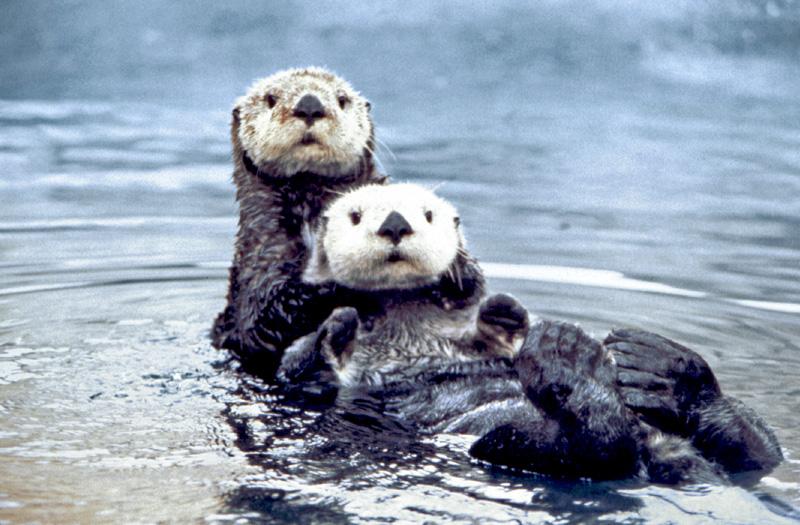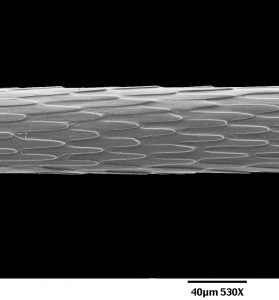
YAHWEH’S CREATION OR RANDOM EVOLUTION
Unlike other marine mammals, Sea Otters (Enhydra lutris) do not have a thick layer of blubber and rely upon their water-resistant fur for insulation. The sea otter is covered in dense fur that consists of two layers. The short, denser, under layer of fur can have as many as 1 million hairs per square inch, which is the densest of any mammal (Humans only have about 100,000 hairs in total on our heads).
A top layer of fur is composed of long, waterproof hairs that keep the layer of underfur dry which helps with thermoregulation of the otter’s body temperature by keeping cold water away from their skin. Sea otters have a specialized gland that secrets oil to enhance the water-repellent quality of the fur.
The true insulating power comes from a layer of air the fur keeps trapped next to their skin. Otter fur has two special properties that make it especially good at creating an insulating layer of air: It’s dense, and it’s spiky.

The barbs help the hair mat together so tightly that the fur near the otter’s body is almost completely dry. And keeping the animals dry is key to keeping them warm.
There are some disadvantages to the otter’s heating system. Because it relies on the trapped air, otters can not dive too deep because high pressure forces the bubbles out. Also, the air makes them so buoyant they have to work hard to swim down. They sometimes even need to grab a rock or piece of kelp to help stay submerged.
References: otterproject.org, kqed.org.